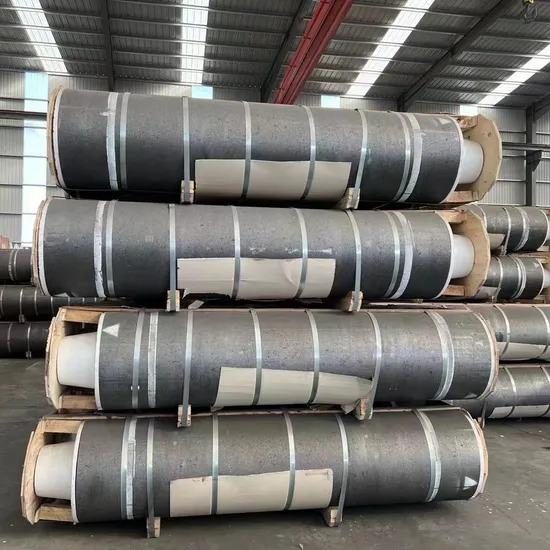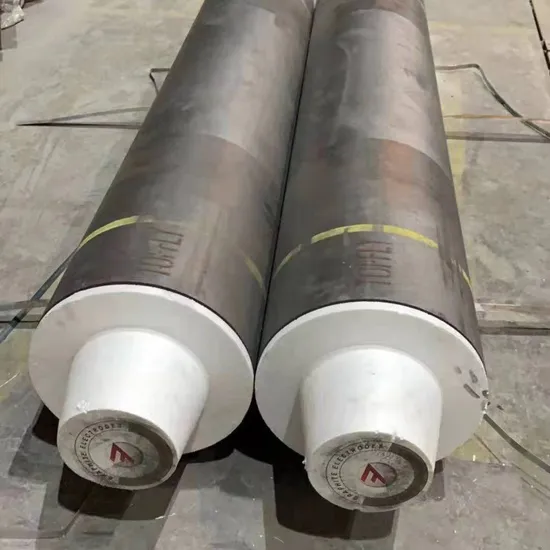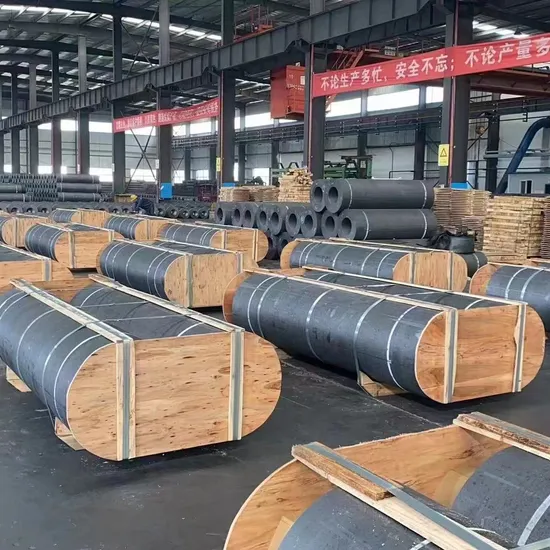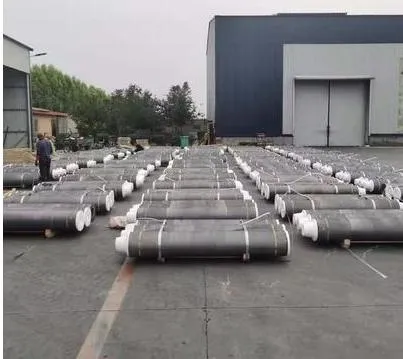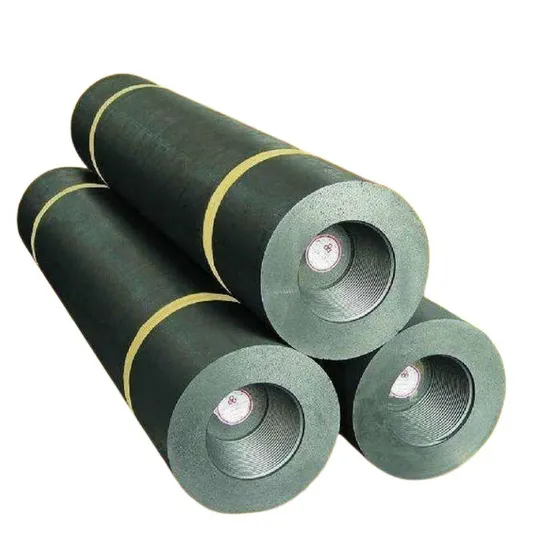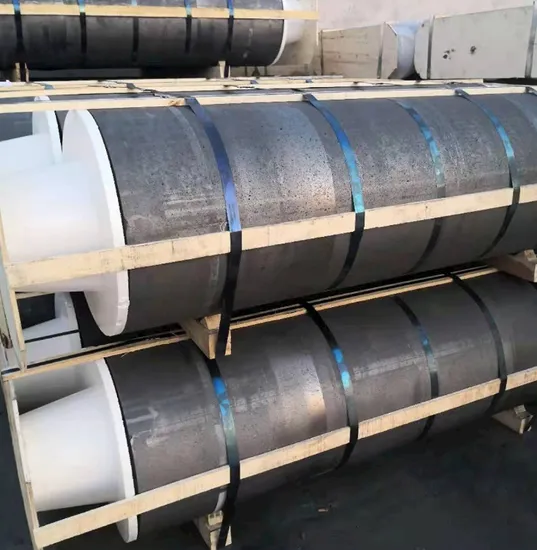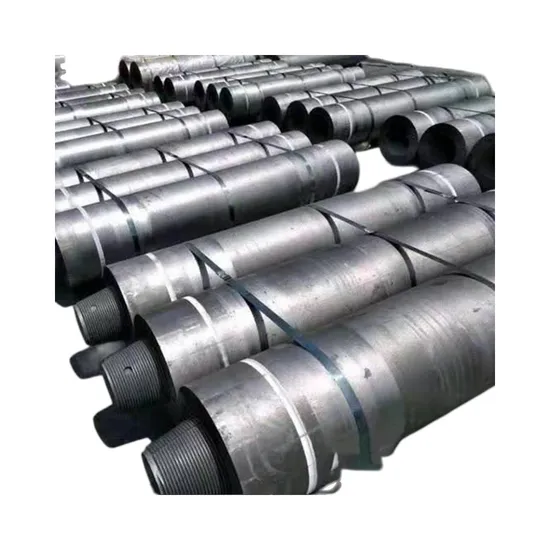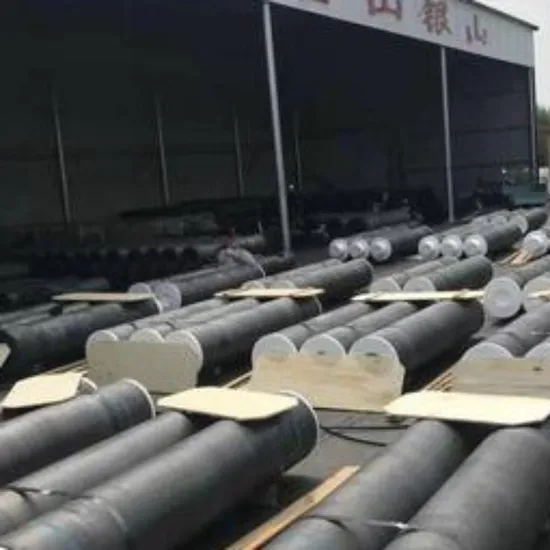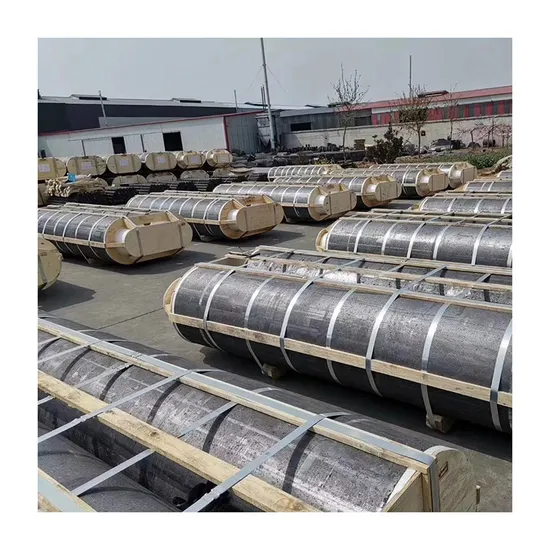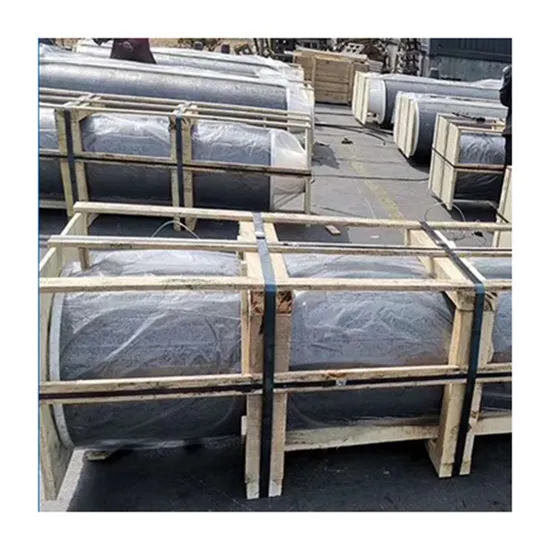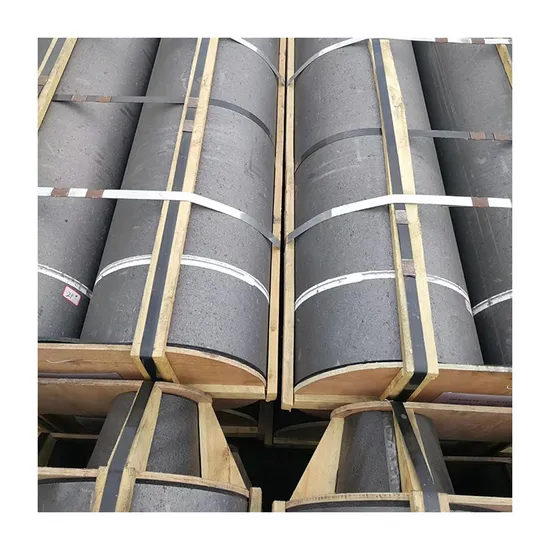- Englist


Graphite electrodes are crucial components used in electric arc furnaces (EAF) and other high-temperature processes. Made from high-purity graphite, these electrodes are designed to conduct electricity and provide a stable, efficient heat source for melting metals such as steel. Graphite electrodes are known for their excellent electrical conductivity, high thermal stability, and resistance to wear and corrosion, which makes them ideal for high-performance applications in the steelmaking, foundry, and metallurgy industries.
The material's ability to withstand extreme temperatures—up to 3,000°C—allows it to operate efficiently in electric arc furnaces, where temperatures reach molten metal levels. Graphite electrodes are available in various sizes, grades, and shapes, allowing for versatility in different industrial applications. These electrodes are also resistant to oxidation and thermal shock, which contributes to their long service life and reduced maintenance costs.
The unique properties of graphite electrodes, such as their self-lubricating nature, make them highly effective in continuous steel production processes. Furthermore, they are non-toxic and environmentally friendly, offering an efficient solution for the demands of modern manufacturing and energy-intensive industries.
- 1
- 2
Do Graphite Electrodes Conduct Electricity?
Yes, graphite electrodes do conduct electricity, which is one of their primary functions in industrial applications. Graphite is a form of carbon, and its structure consists of layers of carbon atoms arranged in a hexagonal pattern. This structure allows for free electrons to move between the layers, which is what gives graphite its excellent electrical conductivity.
In electric arc furnaces (EAF), graphite electrodes play a critical role in conducting electrical current from the power supply to the furnace. When an electric current is passed through the electrode, it generates a high temperature at the tip of the electrode due to the resistance to the flow of electricity. This heat is essential for melting scrap metal or other materials in the furnace. The ability of graphite electrodes to efficiently transfer electricity with minimal energy loss makes them ideal for this high-demand environment.
The electrical conductivity of graphite electrodes is one of the key reasons why they are so widely used in the steel industry and other metallurgical processes. They are able to withstand the intense electrical and thermal stress of the electric arc without significant degradation, which ensures a consistent and efficient operation in electric arc furnaces. Moreover, graphite electrodes have a low resistance to electrical flow, allowing for high current loads and efficient energy transfer.
Graphite electrodes are also highly resistant to oxidation and wear, further enhancing their ability to conduct electricity over extended periods of time, even under the extreme conditions present in furnaces. Their conductivity, combined with their high thermal stability, makes graphite electrodes essential for modern industrial processes that require both electrical energy and high temperatures, such as steelmaking, foundries, and smelting operations.
How To Make An Electrode From Graphite?
To make an electrode from graphite, start by obtaining a graphite rod, such as one from a battery or mechanical pencil lead (preferably pure graphite, not mixed with clay). Cut it to the desired size using a small saw or knife. Clean the surface with sandpaper to remove any coatings or debris, ensuring good conductivity.
Attach a wire to one end using conductive glue, copper tape, or by wrapping it tightly with bare wire. Secure the connection with electrical tape or heat-shrink tubing. The other end of the wire connects to a power source. This graphite electrode can now be used in electrolysis, plating, or other electrical experiments.






